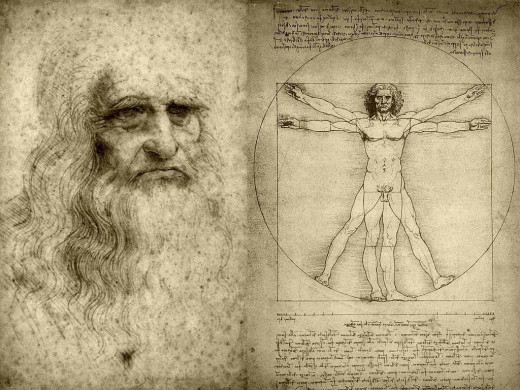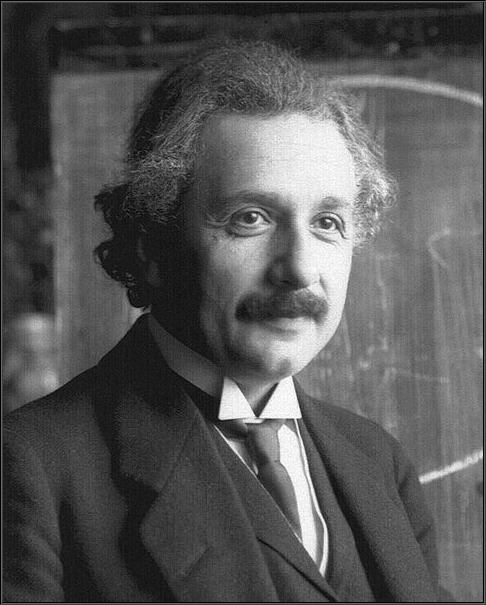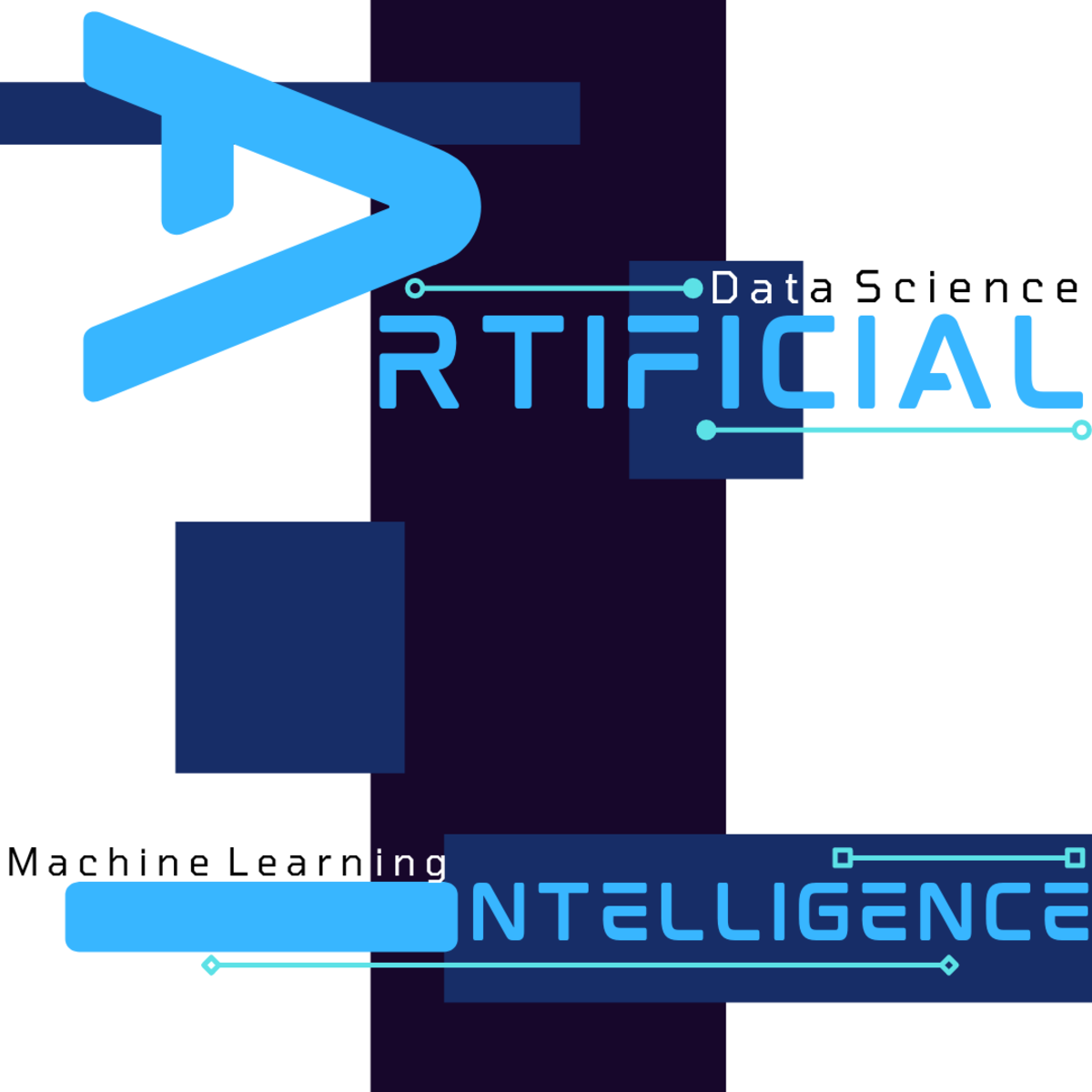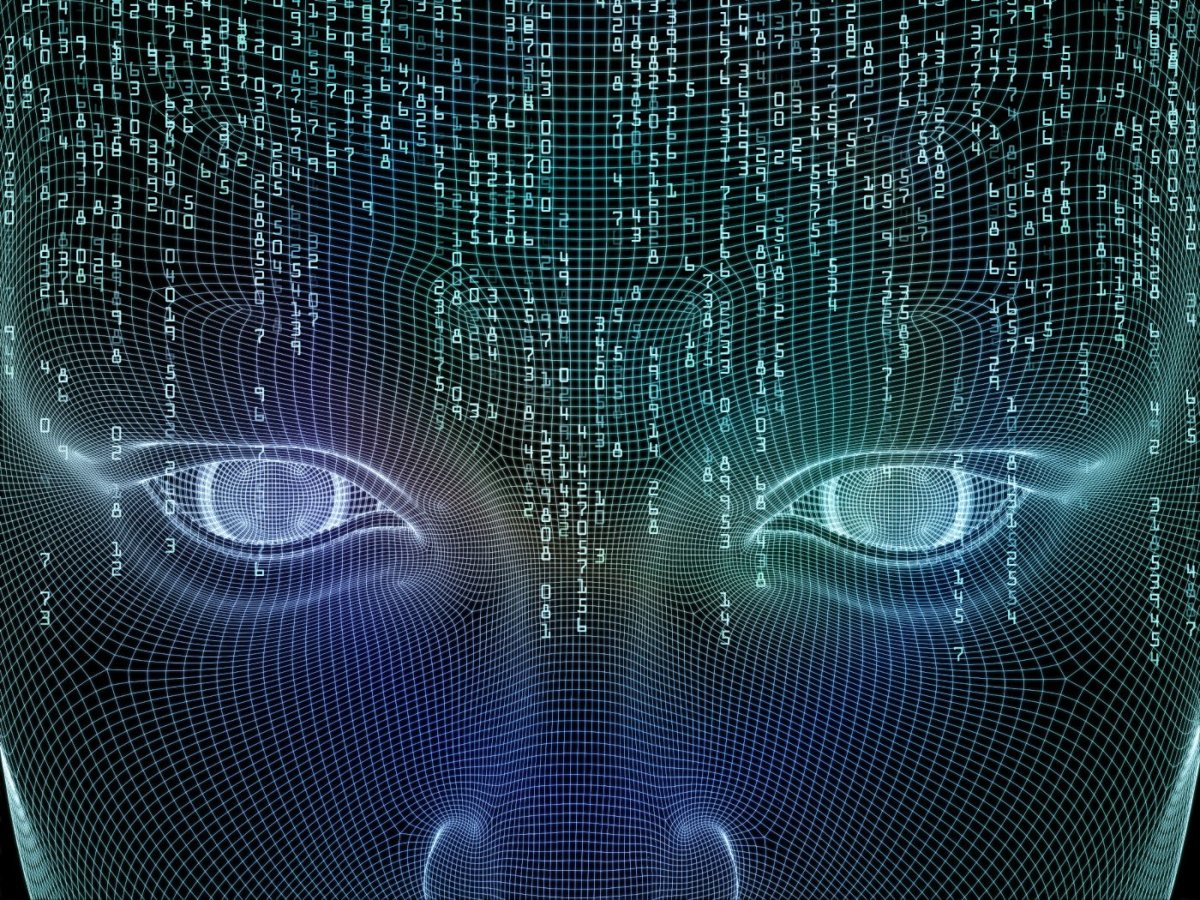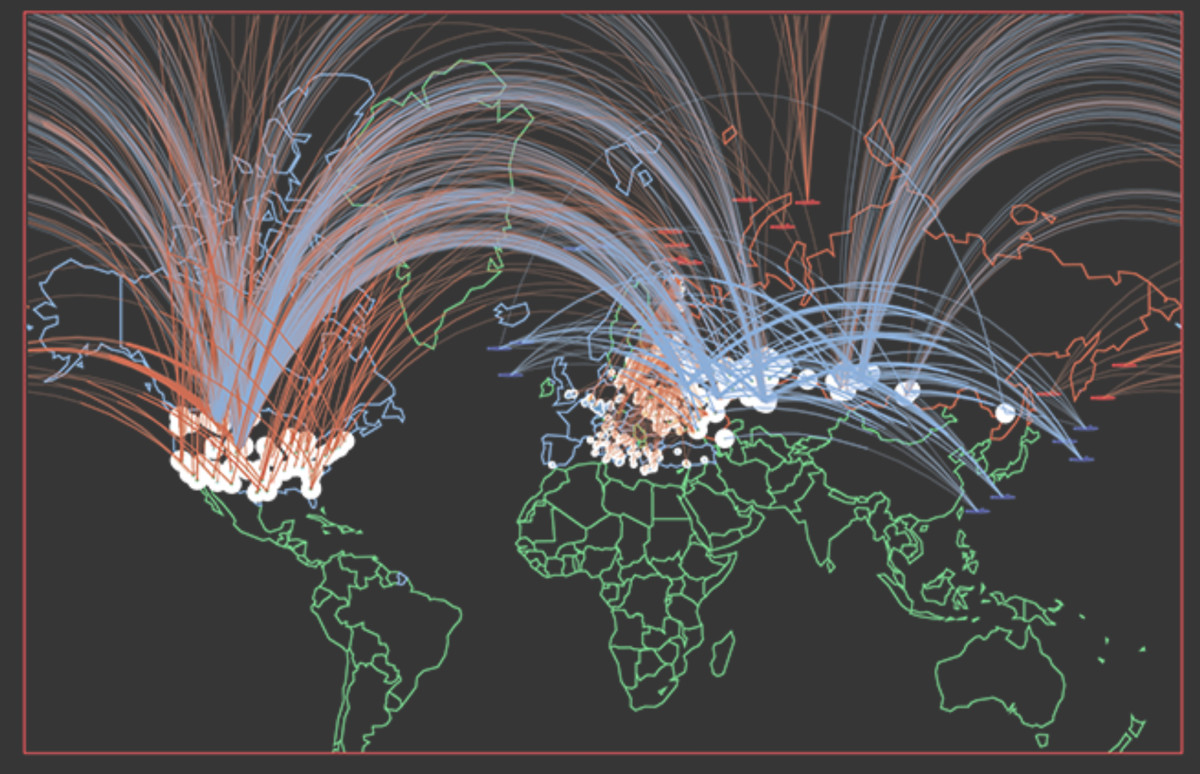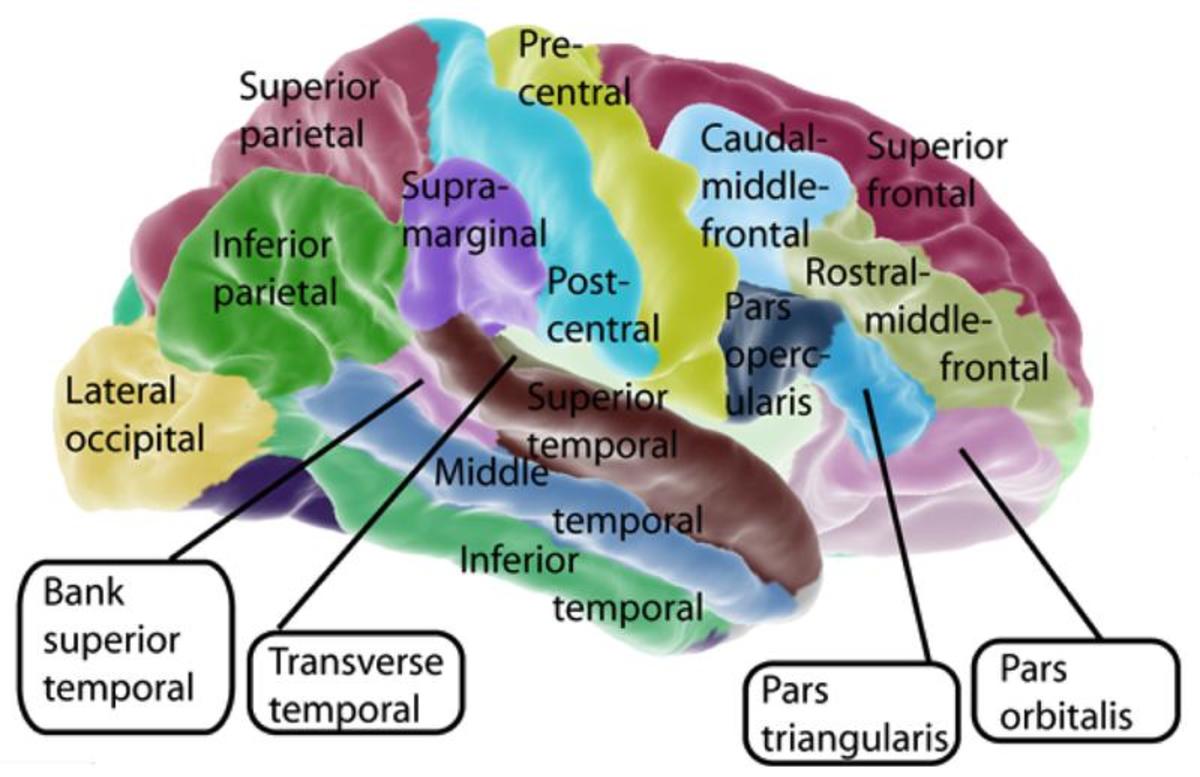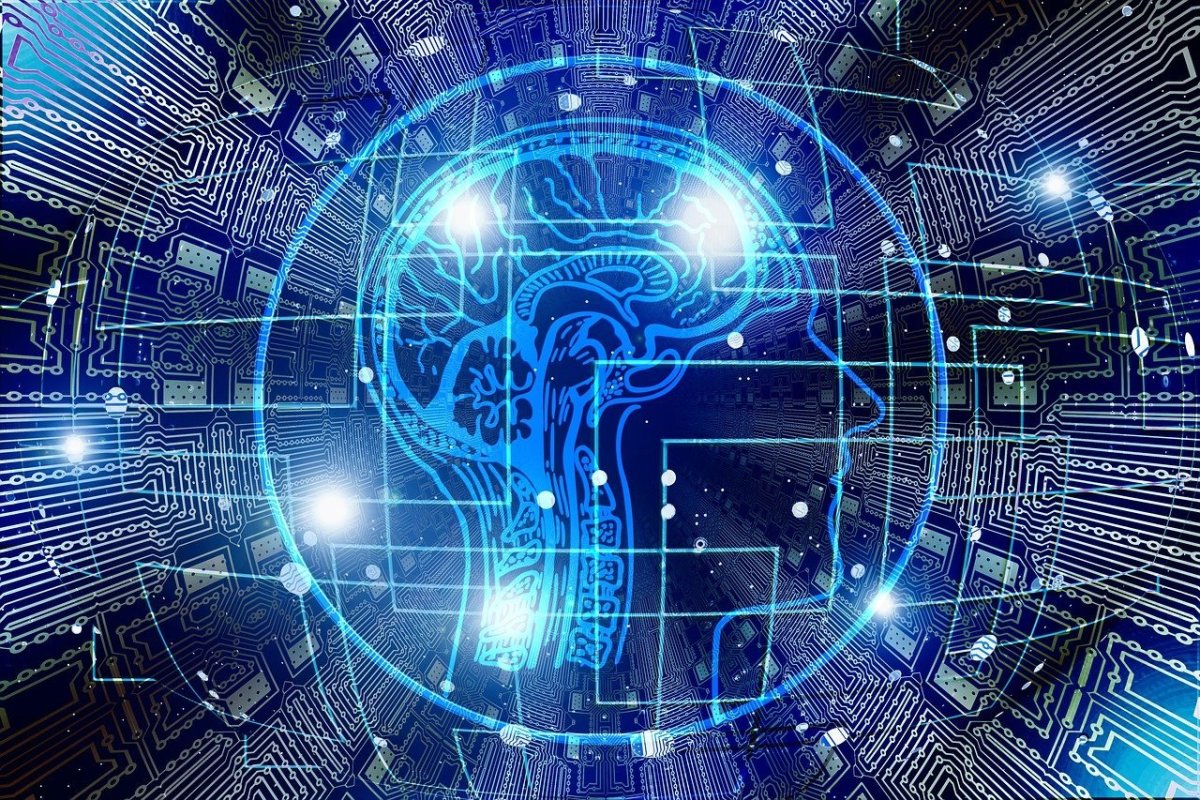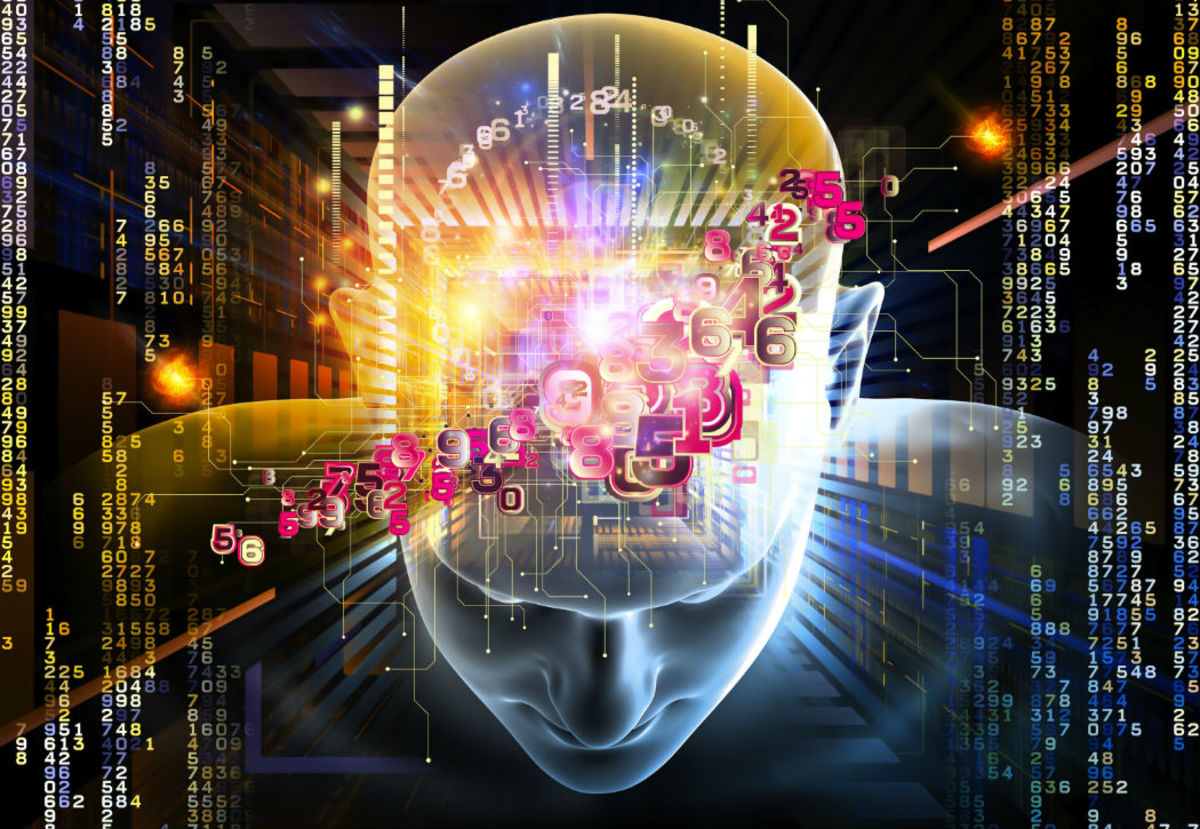The frame of the Intelligence
Dissolving the tangle of the Intelligence is not easy, as to realize its frame in the brain. Under a psychological and psychiatric perspective, the quantification of the intelligence is often revised through standardized test and experiments. Nevertheless, the tangle of the intelligence is strictly related to its definition; once we had a stable definition of the intelligence we might find its frame in the brain.
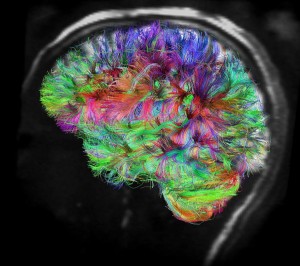
Definition of Intelligence
The etymology of the word “Intelligence” helps us to understand its meaning. It derives from the Latin verb “intelligĕre” which has the root “legĕre” (to pick out, discern) or “ligāre” (to join, link) and the prefix “inter” (between, within). It suggests essentially, the aptitude to pick out drifts or to establish correlations between elements. A form of this verb, “intellectus”, became the medieval technical term for “understanding”, and a translation for the Greek philosophical term “nous”.
The concept of “Intelligence” represents a “capacity, faculty, or an aptitude; organization, structure, or design”. This is important in the tentative to unify the different definitions of “Intelligence”.
Assuming the concept of Intelligence (in Dictionaries, Textbooks and Issues) as a “capacity”, it usually is reported as a “capacity” of abstracting, solving, and performing. In Artificial Intelligence, the concept of Intelligence expresses a “capacity” of performing and solving (solving problem and computing).
In all scientific disciplines, and branches of learning, there are different definitions of the concept of “Intelligence”.
The following are some quotes of the Intelligence definition:
“A very general mental capability that, among other things, involves the ability to reason, plan, solve problems, think abstractly, comprehend complex ideas, learn quickly and learn from experience. It is not merely book learning, a narrow academic skill, or test-taking smarts. Rather, it reflects a broader and deeper capability for comprehending our surroundings—"catching on," "making sense" of things, or "figuring out" what to do.”
“Individuals differ from one another in their ability to understand complex ideas, to adapt effectively to the environment, to learn from experience, to engage in various forms of reasoning, to overcome obstacles by taking thought. Although these individual differences can be substantial, they are never entirely consistent: a given person's intellectual performance will vary on different occasions, in different domains, as judged by different criteria.
Concepts of "Intelligence" are attempts to clarify and organize this complex set of phenomena.
An individual’s aggregate capacity to act purposefully, think rationally, and deal effectively with the environment, especially in relation to the extent of one’s perceived effectiveness in meeting challenges.
The Intelligence is the individual’s whole capacity to recognize, configure and to solve problems coming from the existence.
Variants of the term “Intelligence” are the following:
The “abstract Intelligence” is the capacity to understand and manage abstract ideas and symbols.
The “artificial Intelligence” is a branch of computer science that attempts to replicate human intellectual functions. One application is the development of computer programs for diagnosis. Often such programs are based on epidemiologic analysis of data in large numbers of medical records; although no machine, a machine that replicates human intellectual functions, can do this yet.
The “measured Intelligence” is the Intelligence which can be ranked relative to an age or peer group quantitative index by use of scores on Intelligence tests.
Piaget on Piaget
Psychological Perspective
Claparède and Stern suggested that the Intelligence may be seen as a mental adaptation to new circumstances. Claparède opposes Intelligence to instinct and habit, which are hereditary or acquired adaptations to recurring circumstances; for him it begins with the most elementary empirical trial-and-error (the origin of the implicit trial-and-error which subsequently characterizes the search for a hypothesis).
K. Bühler, who also divides mental structures into three types (instinct, training and Intelligence), criticizes the definition of Claparède as too broad; Intelligence only appears with acts of insight (Aha-Erlebnis), while trial-and-error is a form of training.
Köhler reserves the term Intelligence for acts of “abrupt restructuring” and excludes trial-and-errors right from the formation of the simplest habits, which are reserve adaptations to new circumstances when they are first formed. The combination of “problem, hypothesis, and control,” who is the mark of Intelligence according to Claparède, already exist in embryo in the needs, the trials-and-errors and the empirical test characteristic of the least developed sensory-motor adaptations.
Piaget stress that the matter of Intelligence may be analyzed from different points of view, both of the functional situation and of the structural mechanism. From the former point of view, behavior becomes more “Intelligent” as the pathways between the subject and the objects on which it acts cease to be simple and become progressively more complex: perception only requires simple paths, even if the object perceived is very remote. A habit might seem more complex, but its spatio-temporal articulations are welded into a unique whole with no independent or separable.
An act of Intelligence, such as finding a hidden object or recognizing the meaning of a picture, involves a certain number of paths (in space and time) which can be both isolated and synthesized. Thus, from the point of view of the structural mechanism, elementary sensory-motor adaptations are both rigid and unidirectional, while Intelligence tends towards reversible mobility. That is the essential property of the operations which characterize living logic in action.
To define Intelligence in terms of the progressive reversibility of the mobile structures which it forms is therefore to repeat, in different words, that Intelligence constitutes the state of equilibrium towards which tend all the successive adaptations of a sensory-motor and cognitive nature, as well as all interactions between the organism and the environment.
Piaget posed the problem of the Intelligence definition as an agreement on the degree of complexity of distant interactions which we shall call “Intelligent”.
Possible interpretations of Intelligence
Piaget emphasizes that from the biological point of view, Intelligence appears as one of the activities of the organism, while the objects to which it adapts itself constitute a particular sector of the surrounding environment.
The knowledge that Intelligence builds up achieves a privileged equilibrium as a result of the limit of sensory-motor and symbolic interaction, while distances in space and time become indefinitely extended; the Intelligence engenders scientific thought itself, including biological knowledge.
It is therefore natural that the psychological theories of Intelligence should be placed among biological theories of adaptation and theories of knowledge in general.
From the biological point of view, the relations between the organism and the environment admit six possible interpretations according to the following combinations (each of which has led to its own solution, classical or contemporary): either (I) we reject the idea of a genuine evolution, or else (II) we admit its existence; then, in both cases (I and II) we attribute adaptations (1) to factors external to the organism, or (2) to internal factors, or (3) to an interaction between the two. So (I) from the non-evolutionist point of view, we may attribute adaptation (I1) to a pre-established harmony between the organism and the properties of the environment, (I2) to a preformism allowing the organism to respond to every situation by actualizing its potential structures, or else (I3) to the "Emergence" of complete structures, irreducible to elements and determined simultaneously from within and from without.
The evolutionist points of view (II) explain adaptive variations, by environmental pressure (Lamarckism III), or by endogenous mutations with subsequent selection (mutationism II2), or by a progressive interaction between internal and external factors.
It must be an innate adaptation to eternal forms or essences; corresponding to preformism, there is (I2) apriorism which explains consciousness by internal structures which precede experience; and corresponding to the "emergence" of new structures there is (I3) contemporary phenomenology, which simply analyses the various forms of thought, refusing either to derive them genetically from each other or to distinguish in them the roles of subject and object.
Evolutionist interpretations reappear in those epistemological schools which allow for the progressive development of reason; corresponding to Lamarckism there is (III) empiricism, which explains knowledge by the pressure of objects; corresponding to mutationism there are (II2) conventionalism and pragmatism, which attribute the fittingness of mind to reality to the untrammeled creation of subjective ideas, subsequently selected according to a principle of simple expediency. Finally, interactionism (II3) involves a relativism, which would describe knowledge as the product of a not dissociable collaboration between experience and deduction.
Among the non-evolutionist theories, there are first of all (II) those which remain constantly faithful to the idea of an Intelligence-faculty, a sort of direct knowledge of physical entities and of logical or mathematical ideas by a pre-established harmony between intellect and reality. We must confess that few experimental psychologists still adhere to this hypothesis. The analysis of mathematical thought have caused certain symbolic logicians, e.g. Bertrand Russell, to formulate such a conception of Intelligence and even to wish to impose it on psychology itself (cf. his Analysis of Mind). Apriorist current has in fact inspired a good deal of the work of the German Denkpsychologie and is consequently found at the root of numerous experimental researches on thought, using the familiar methods of introspection, which have been developing from 1900-1905 to the present day.
Binet's work testifies to the contrary. But for K. Bühler, Selz and many others, Intelligence eventually became, as it were, "a mirror of logic", which imposes itself from within with no possible causal explanation.
In the third place (I3), corresponding to emergence and phenomenology (with the actual historical influence of the latter), there is a recent theory of Intelligence which has raised the problem anew in a very suggestive way: the Configuration (Gestalt) theory. The notion of a "Complex configuration", resulting from experimental researches in perception, involves the assertion that a whole is irreducible to the elements, which compose it, being governed by special laws of organization or equilibrium. Having analyzed these laws of structuring in the realm of perception and having come across them again in motor functions, memory, etc., the configuration theory has been applied to Intelligence itself, both in its reflective (logical thought) and its sensory-motor form (Intelligence in animals and in children at the pre-linguistic stage). Thus Köhler, in connection with chimpanzees, and Wertheimer, in connection with the syllogism, etc., have spoken of "immediate restructurings" seeking to explain the act of insight by the “Goodness" (Prdgnanz) of well-organized structures, which are neither endogenous nor exogenous but embrace subject and object in a total field. Furthermore, these Gestalten, which are common to perception, movement and Intelligence, do not evolve, but represent permanent forms of equilibrium, independent of mental development (we may in this respect find all intermediate stages between apriorism and the configuration theory, although the latter is normally found linked with a physical or physiological realism of "structures").
It may be noted that
1. First it reduces cognitive adaptation to pure accommodation, since it sees thought only as the mirror of ready-made "ideas"
2. Second it reduces it to pure assimilation, since it regards intellectual structures as exclusively endogenous
3. Third it unites assimilation and accommodation in a single whole, since, from the Gestalt point of view, there exists only the field linking objects and the subject, with neither activity on his part nor the isolated existence of the object.
Empiricism (III) is scarcely upheld any longer in its pure associationist form, except for some authors, of predominantly physiological interests, who think they can reduce Intelligence to a system of “Conditioned" responses.
Rignano's interpretations reduce reasoning to mental experience, and especially in Spearman's interesting theory, which is both statistical (factor analysis of Intelligence) and descriptive; from this second point of view, Spearman reduces the operations of Intelligence to the "apprehension of experience" and to the "eduction" of relations and "correlates", that is, to a more or less complex reading of immediately given relations. These relations, then, are not constructed but discovered by simple accommodation to external reality.
Trial-and-error theory elaborated by Claparède constitutes in this respect the most far-reaching exposition: intelligent adaptation consists of trials or hypotheses, due to the activity of the subject, and of their selection, effected afterwards under the pressure of experience (successes or failures). This empirical control, which from the outset selects the subject's trials, is subsequently internalized in the form of anticipations due to awareness of relations, just as motor trial-and-error is extended into symbolic trial-and error or imagination of hypotheses.
Finally, emphasizing the interaction of the organism and the environment leads to the operational theory of Intelligence (II3), According to this point of view, intellectual operations, whose highest form is found in logic and mathematics, constitute genuine actions, being at the same time something produced by the subject and a possible experiment on the reality. The problem is therefore to understand how operations arise out of material action, and what laws of equilibrium govern their evolution; operations are thus concerned as grouping themselves of necessity into complex systems, comparable to the "Configurations" of the Gestalt theory, but these, far from being static and given from the start, are mobile and reversible, and round themselves off only when the limit of the individual and social genetic process that characterizes them is reached.
As for trial-and-error theories and empiricist conceptions, we shall discuss them with particular reference to sensory-motor Intelligence and its relations with habit (Chap. IV).
Piaget poses the well-known question: “may we hope for a real explanation of Intelligence, or does Intelligence constitute a primary irreducible fact, being the mirror of a reality prior to all experience, namely logic?”
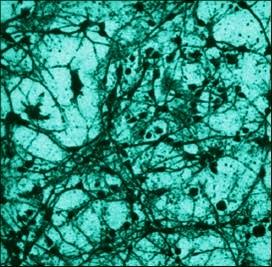
Adaptive nature of Intelligence
Piaget defines the adaptation as the equilibrium between the action of the organism on the environment and vice versa. Taking the term in its broadest sense, “assimilation” may be used to describe the action of the organism on surrounding objects, in so far as this action depends on previous behavior involving the same or similar objects. In fact, every relation between a living being and its environment has this particular characteristic: the former, instead of submitting passively to the latter, modifies it by imposing on it a certain structure of its own. It is in this way that, physiologically, the organism absorbs substances and changes them into something compatible with its own substance. Now, psychologically, the same is true, except that the modifications with which it is then concerned are no longer of a physical-chemical order, but entirely functional, and are determined by movement, perception or the interplay of real or potential actions (conceptual operations, etc.). Mental assimilation is thus the incorporation of objects into patterns of behavior, these patterns being none other than the whole range of actions capable of active repetition.
Conversely the environment acts on the organism and, following the practice of biologists, we can describe this converse action by the term "accommodation", it being understood that the individual “never suffers” the impact of surrounding stimuli as such, but they simply modify the assimilatory cycle by accommodating it to themselves.
Psychologically, we again find the same process in the sense that the pressure of circumstances always leads, ought to a passive submission to them, but to a simple modification of the action affecting them. This being so, we can then define adaptation as an equilibrium between assimilation and accommodation, which amounts to the same as an equilibrium of interaction between subject and object.
Now in the case of organic adaptation, this interaction, being of a material nature, involves interpenetration between some part of the living body and some sector of the external environment.
Psychological life, on the other hand, begins, as we have seen, with functional interaction, that is to say, from the point at which assimilation no longer alters assimilated objects in a physical-chemical manner but simply incorporates them in its own forms of activity (and accommodation only modifies this activity).
We can understand that, superimposed on the direct interpretation of organism and environment, mental life brings with it indirect interaction between subject and object, which takes effect at every increasing spatial-temporal distances and along every more complex paths.
The whole development of mental activity from perception and habit to symbolic behavior and memory, and to the higher operations of reasoning and formal thought, is thus a function of this gradually increasing distance of interaction, and hence of the equilibrium between an assimilation of realities further and further removed from the action itself and an accommodation of the latter to the former.
It is in this sense that Intelligence, whose logical operations constitute a mobile and at the same time permanent equilibrium between the universe and thought, is an extension and a perfection of all adaptive processes. Organic adaptation, in fact, only ensures an immediate and consequently limited equilibrium between the individual and the present environment. Elementary cognitive functions, such as perception, habit and memory, extend it in the direction of present space (perceptual contact with distant objects) and of short-range reconstructions and anticipations. Only Intelligence, capable of all its detours and reversals by action and by thought, tends towards an all-embracing equilibrium by aiming at the assimilation of the whole of reality and the accommodation to it of action.
An act of Intelligence involves, then, an internal regulation of energy (interest, effort, ease, etc.) and external regulation (the value of the solutions sought and of the objects concerned in the search), but these two controls are of an affective nature and remain comparable with all other regulations of this type.
Quantify the Intelligence
In psychology, an individual’s relative standing on two quantitative indices, measuring the Intelligence and the effectiveness of adaptive behavior, constitutes the operational definition of Intelligence.
Jasper’s model of Intelligence, distinguishes several functions:
a. Premises or Intelligence’s assumptions: essentials for its expression, as the memory, the language, and the integrity of senses;
b. The psychological richness, or the reserve of knowledge achieved, which is correlated to the learning capacity, to the affective-longing factors and to the environment influence;
c. The Intelligence itself, which would have the purpose to address the premises toward a selected target, and do divide in intellectual (judge capacity) and in affective-longing components.
Until now, the Jasper’s model of Intelligence seems the most complete.
The concept of the “Intelligence” evolved with the introduction in medicine of different tools for quantifying and measuring it.
Measuring the Intelligence as lone capacity required the design of current tools used in Neuropsychology and Psychology.
The IQ provides scores that integrate the activity of several cognitive abilities in a composite index. The composite character of this index and the effect of numerous puzzling variables to which the IQ is sensible (socio-cultural level, ethnic group, instruction etc.), have diminished, in the last decade, the conceptual importance of the IQ scores. Specific alterations (e.g., verbal ability) can give erroneous indications, suggesting a severe Intelligence modification; vice versa, the IQ may not stress enough the most selective defects investigated in specific subtests that are able to compromise the social and working functioning of the subject (e.g., frontal cortex genesis disorder).
The most used Intelligence tests in clinics are two: the Wechsler test and the Raven test, that reply to different principles. Anyway, in neuropsychology, the most important data obtained from these tests do not consist in the IQ, but they give a general picture of the patient condition in a particular moment. In the cultural and working patient’s contexts, these data give an idea of those that might be the premorbid conditions.
The Wechsler Intelligence Scale for adults (WAIS-R) and for children (WISC-R) represents the most used instrument. The WAIS-R battery examines, throughout 166 voices studied, the general intellectual capacities providing a general index (IQ), a verbal and a performance scores. The children WISC-R version provides equivalents scores. The idea of the Intelligence as a group of specific abilities accompanied the test’s development. Consequently, it includes a series of heterogeneous tests divisible in verbal and non-verbal (or performance tests).
The Raven test is available in two versions, one more complex (1938) than the other with colored material (1947), originally developed for children. The test intends to measure the Intelligence as a lone global ability. Actually, it measures the logic-analytical abilities (mostly in the last portion of the test); the test studies the visual and spatial analysis abilities (mostly in the first portion of the test) too.
Normalizing data obtained from a population of healthy people found the majority of tests that measure the intellective general abilities; therefore this majority represents a collection of instruments sensible to identify subjects whose performances are to the normal extreme limits. These instruments fail to discriminate patients’ populations (and of the single patient reevaluated in the time too).
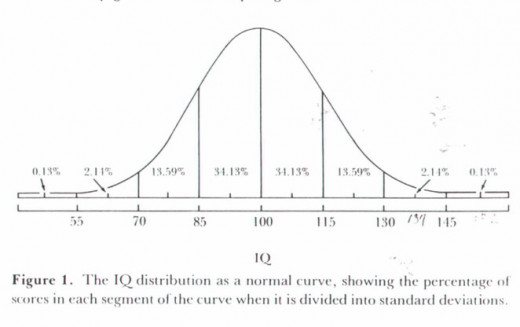
Conclusion
It follow in the next article...
- Intelligence quotient - Wikipedia, the free encyclopedia
- List of Famous IQ's Page II of IV - IQ of Famous People
The list of famous IQ;s includes: Chris Langan, Stephan Hawking, George Bush, Bill Clinton, Bobby Fischer, Andrew Wiles, Arnold Schwarzenegger, Dolph Lundgren, Jimmy Carter, Garry Kasparov and more. - Cox's IQ Estimates of 301 Eminent Geniuses born from 1450 to 1850
IQ Basics, IQ Explained, IQ scores for three hundred eminent geniuses; Estimate your IQ from your GRE or SAT scores; IQs for occupational groups; Entrance criteria for high IQ societies; The Flynn Effect; Average IQ scores in nations vs Nobel prizes.
